Table of content
Crispy pork belly, with its irresistible combination of tender meat and shatteringly crisp skin, is a culinary delight that has captivated food enthusiasts worldwide. Achieving the perfect crunch, however, requires precision, patience, and an understanding of the scientific principles behind texture development. This article delves into the intricacies of preparing pork belly to maximize crispiness, exploring techniques from pre-treatment to cooking methods and offering actionable tips to elevate your dish to gourmet standards.
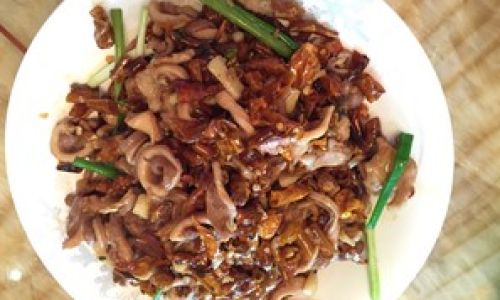
The Science of Crispiness: Understanding the Basics
Crispiness in pork belly is primarily derived from the rendering of fat and the dehydration of the skin (rind) during cooking. When heated, the collagen in the skin breaks down into gelatin, while moisture evaporates, creating a network of tiny air pockets. These pockets, combined with the golden, caramelized layers of fat, produce the signature crackle. Achieving this demands meticulous control over temperature, time, and pre-processing steps.
Selecting the Right Cut of Pork Belly
Not all pork bellies are created equal. For optimal crispiness, prioritize the following:
- Thickness: Choose a cut with even thickness (ideally 1.5–2 inches) to ensure uniform cooking.
- Fat Distribution: Look for a balanced ratio of meat to fat (approximately 50:50). Excessive fat may prevent the skin from crisping, while too little can result in dryness.
- Skin Quality: The rind should be intact, pale, and free of blemishes. Avoid cuts with thick, leathery skin, as they require more aggressive scoring or longer cooking times.
Pre-Treatment: Preparing the Pork Belly for Crispiness
A. Scoring the Skin
Scoring is non-negotiable for crispy skin. Use a sharp knife or razor to create shallow, parallel cuts (1–2mm deep) spaced 3–4mm apart. Avoid cutting into the meat, as this can cause shrinkage and uneven cooking. For advanced crispiness, some chefs employ a crosshatch pattern, though this requires greater precision.
B. Brining or Marinating
While optional, brining enhances flavor and tenderness. A dry brine (salt and sugar rub) applied 12–24 hours before cooking draws moisture to the surface, accelerating skin drying. Alternatively, a wet brine with aromatics like garlic, peppercorns, or bay leaves can infuse subtle flavors.
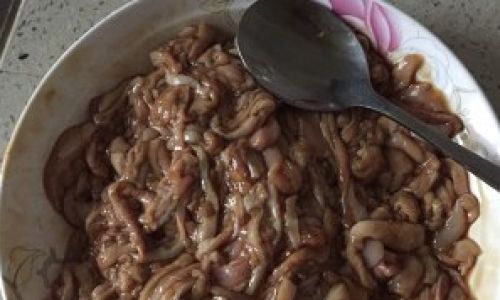
C. Drying the Skin
Moisture is the enemy of crispiness. After scoring and brining, pat the skin dry with paper towels. For ultra-crisp results, air-dry the pork belly uncovered in the refrigerator for 8–24 hours. This step dehydrates the skin, creating a concentrated layer of proteins that will puff and crisp during cooking.
Cooking Methods: Low and Slow vs. High Heat
The ideal cooking method balances rendering fat (low heat) and crisping skin (high heat). Here are three proven techniques:
A. The Oven Method
- Pre-Cook: Roast the pork belly at a low temperature (250°F/120°C) for 2–3 hours. This gently renders fat and tenderizes the meat without burning the skin.
- Crisp: Increase the oven to 450°F/230°C and roast for 20–30 minutes, or until the skin bubbles and turns golden.
- Rest: Let the pork belly rest for 10–15 minutes before slicing to redistribute juices.
B. The Sous-Vide Technique
For precision, vacuum-seal the pork belly with aromatics and cook at 165°F/74°C for 12–24 hours. Finish by patting the skin dry, scoring, and deep-frying at 375°F/190°C for 3–5 minutes. This method ensures edge-to-edge evenness.
C. The Stovetop-to-Oven Approach
- Sear: Brown the pork belly in a hot pan to render surface fat.
- Roast: Transfer to a 300°F/150°C oven for 1.5–2 hours.
- Broil: Switch to high broil for 5–7 minutes, monitoring closely to avoid burning.
Advanced Techniques for Enhanced Crispiness
A. Baking Soda Treatment
A light dusting of baking soda (1/4 tsp per pound) on the skin 1 hour before cooking raises the pH, accelerating browning and crispness. Rinse thoroughly after application to avoid a soapy taste.

B. Needling the Skin
For stubbornly thick rinds, use a meat tenderizer or jacquard needle to pierce hundreds of tiny holes. This disrupts the collagen matrix, promoting even puffing.
C. Ice Bath Shock
After pre-cooking, submerge the pork belly in an ice bath for 5 minutes. The rapid temperature drop firms up the fat, preventing it from melting prematurely during the final crisping stage.
Avoiding Common Pitfalls
- Under-Scoring: Insufficient scoring leads to uneven puffing and chewy skin.
- Overcrowding the Pan: Crowding traps steam, softening the skin. Cook in batches if necessary.
- Skipping the Resting Phase: Cutting immediately causes juices to bleed, reducing crispiness.
- Inconsistent Oven Temperature: Use an oven thermometer to ensure accuracy, as fluctuations can derail the process.
Serving Suggestions and Pairings
Crispy pork belly pairs exceptionally well with:
- Acidic Sauces: A tangy vinaigrette or chili-lime dressing cuts through the richness.
- Fresh Herbs: Cilantro, mint, or basil add vibrancy.
- Pickled Vegetables: Quick-pickled cucumbers or daikon balance the texture.
- Grains: Serve atop jasmine rice or sticky rice for contrast.
Troubleshooting Guide
| Issue | Solution |
|---|---|
| Soggy Skin | Increase oven temperature; ensure thorough drying. |
| Uneven Crisping | Use a wire rack to elevate the pork belly during roasting. |
| Burnt Skin | Lower the final cooking temperature by 25°F/15°C. |
| Tough Meat | Extend low-temperature cooking time. |
The Role of Salt
Salt is a multifunctional ally in crispiness:
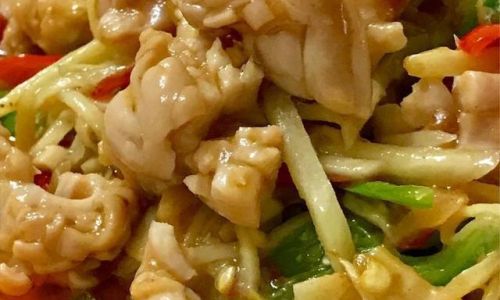
- Dehydration: Draws moisture from the skin.
- Flavor Enhancement: Penetrates the meat during brining.
- Texture Modification: Encourages Maillard browning by lowering the pH slightly.
Apply salt generously but evenly, focusing on the skin. For a salt-crusted variation, mix salt with egg whites and bake at high heat for a dramatic presentation.
Innovative Twists: Flavor Variations
Experiment with global spice blends to elevate your crispy pork belly:
- Asian-Inspired: Five-spice powder, star anise, and soy sauce.
- Mediterranean: Rosemary, garlic, and lemon zest.
- Spicy: Gochujang glaze or harissa rub.
Conclusion: The Pursuit of Perfection
Achieving the ultimate crispy pork belly is a blend of art and science. By mastering scoring, drying, and temperature control, and avoiding common pitfalls, you can transform a humble cut into a restaurant-worthy masterpiece. Remember that practice and experimentation are key—adjust variables like cooking time, salt ratios, and finishing techniques to suit your palate. Whether served as a standalone dish or paired with complementary flavors, perfectly crisp pork belly is a testament to the joy of culinary craftsmanship. Now, fire up your oven, sharpen your knife, and embark on a journey to texture perfection. Your taste buds will thank you.
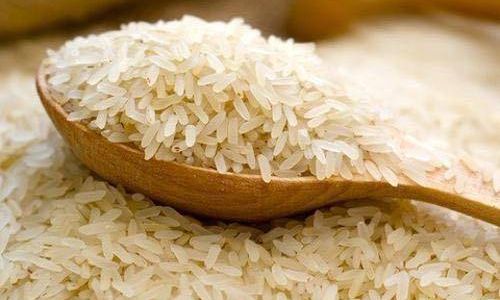
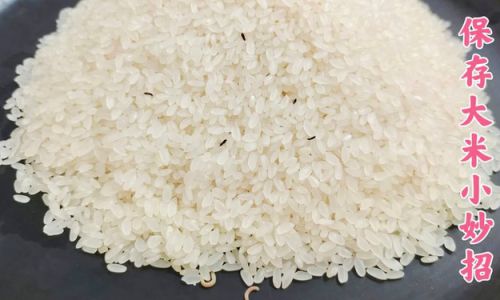
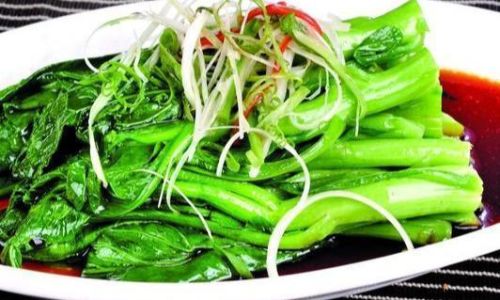
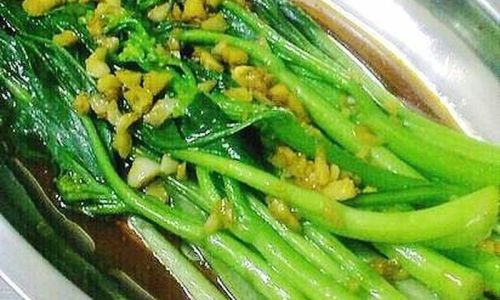
0 comments